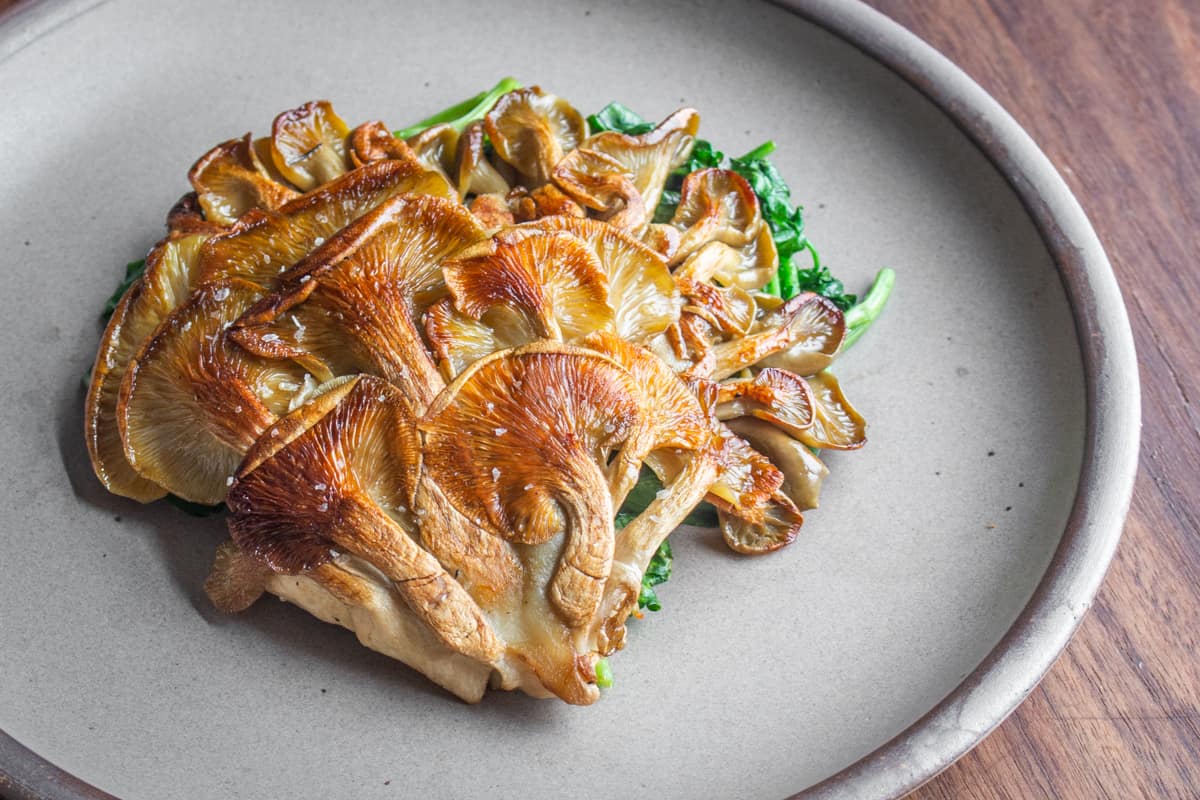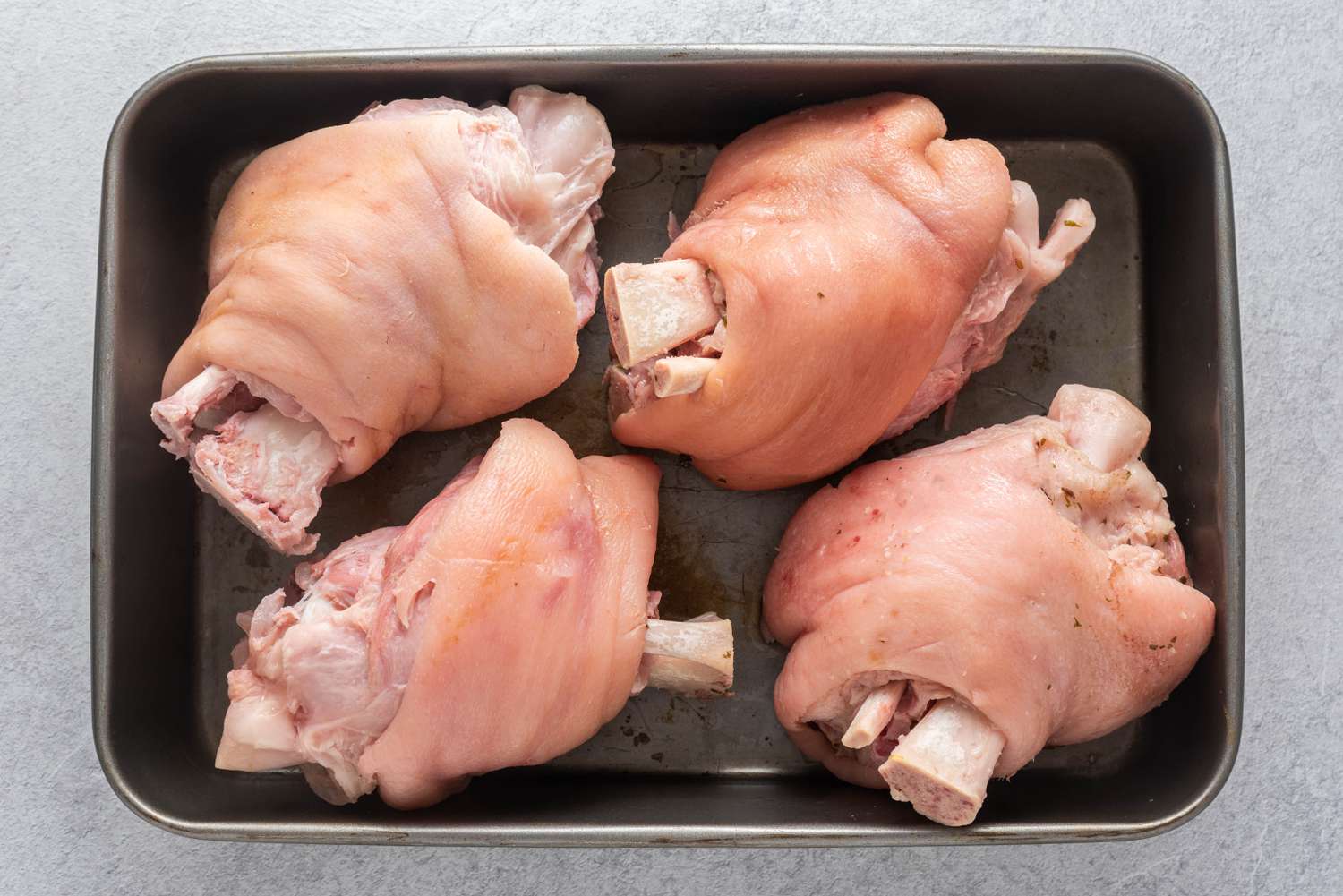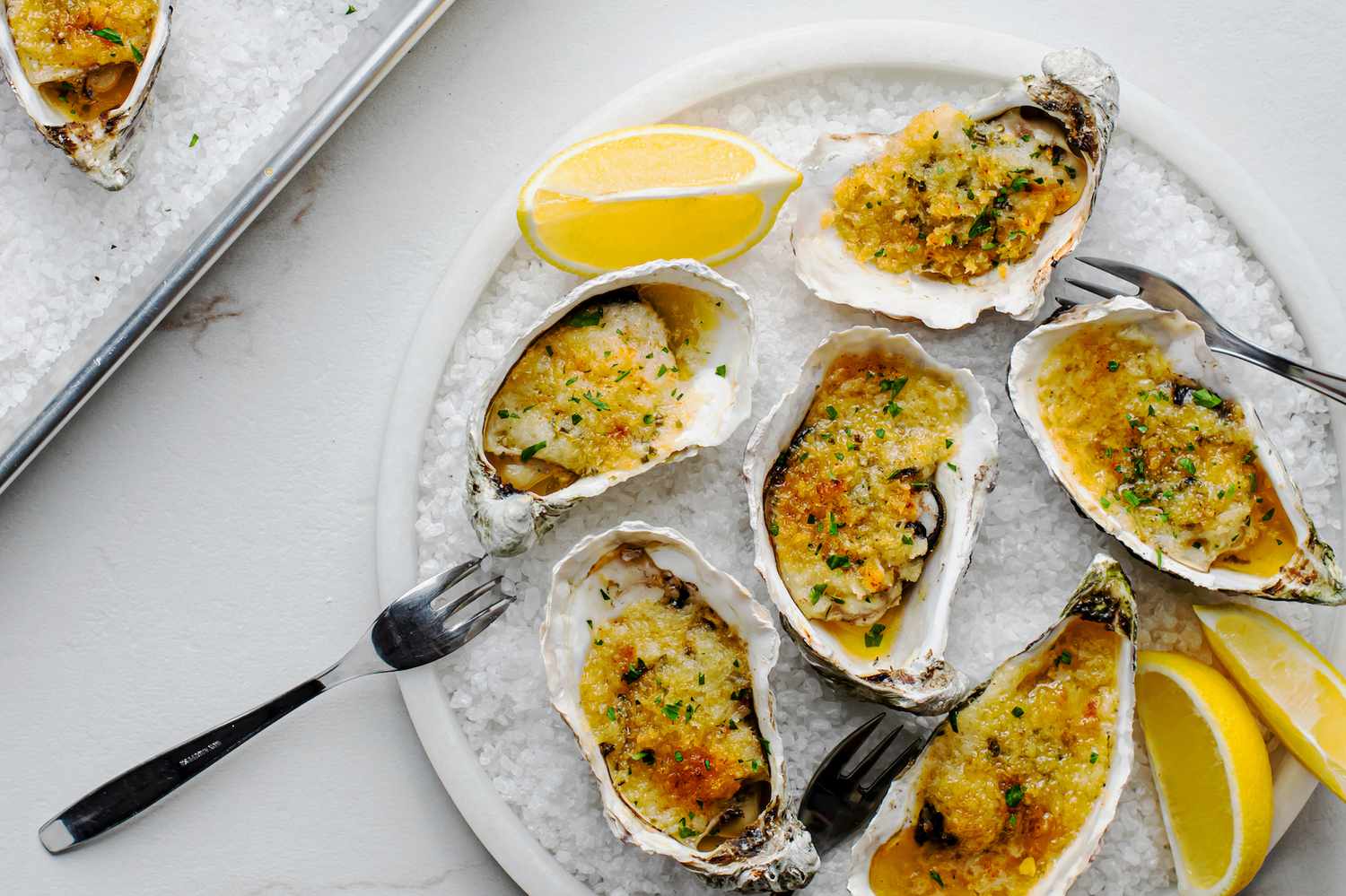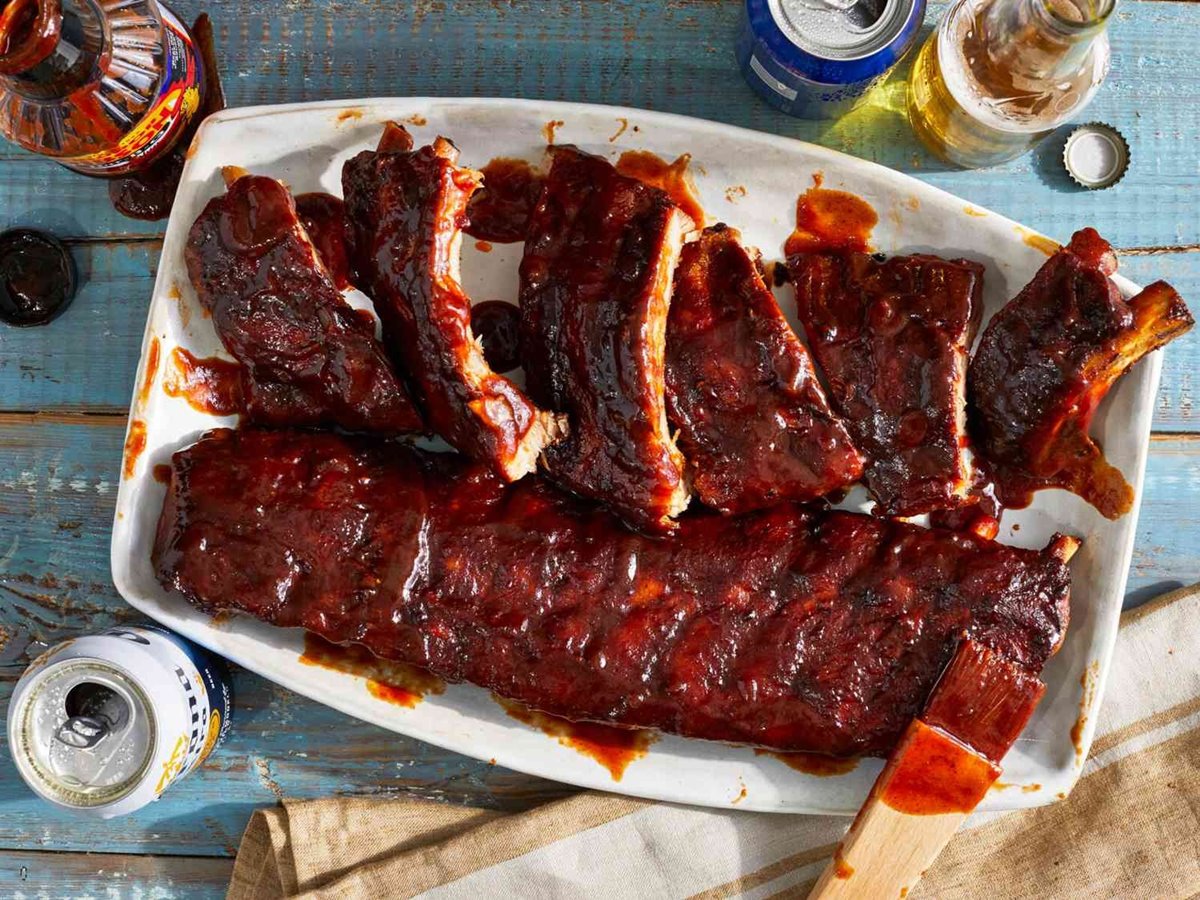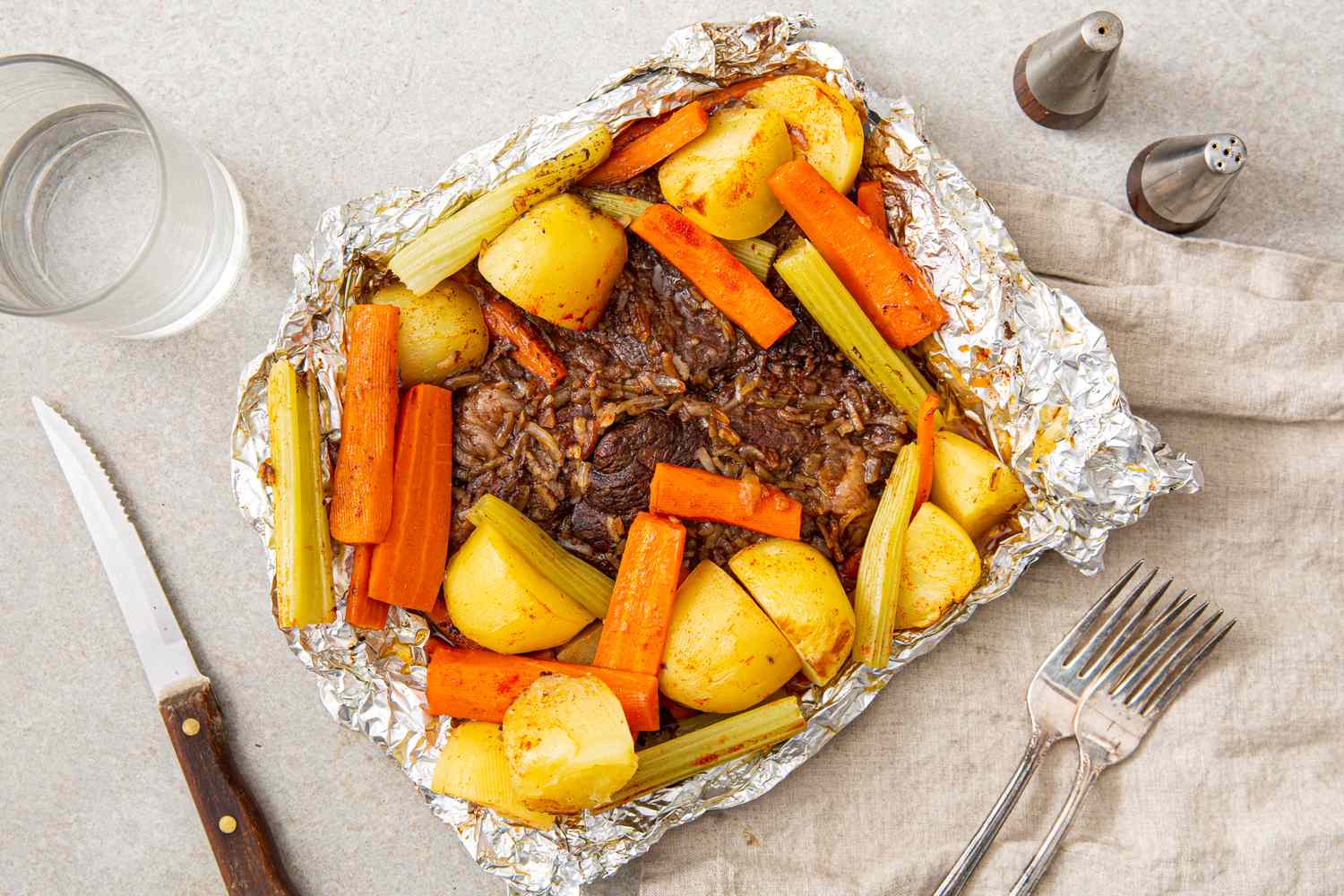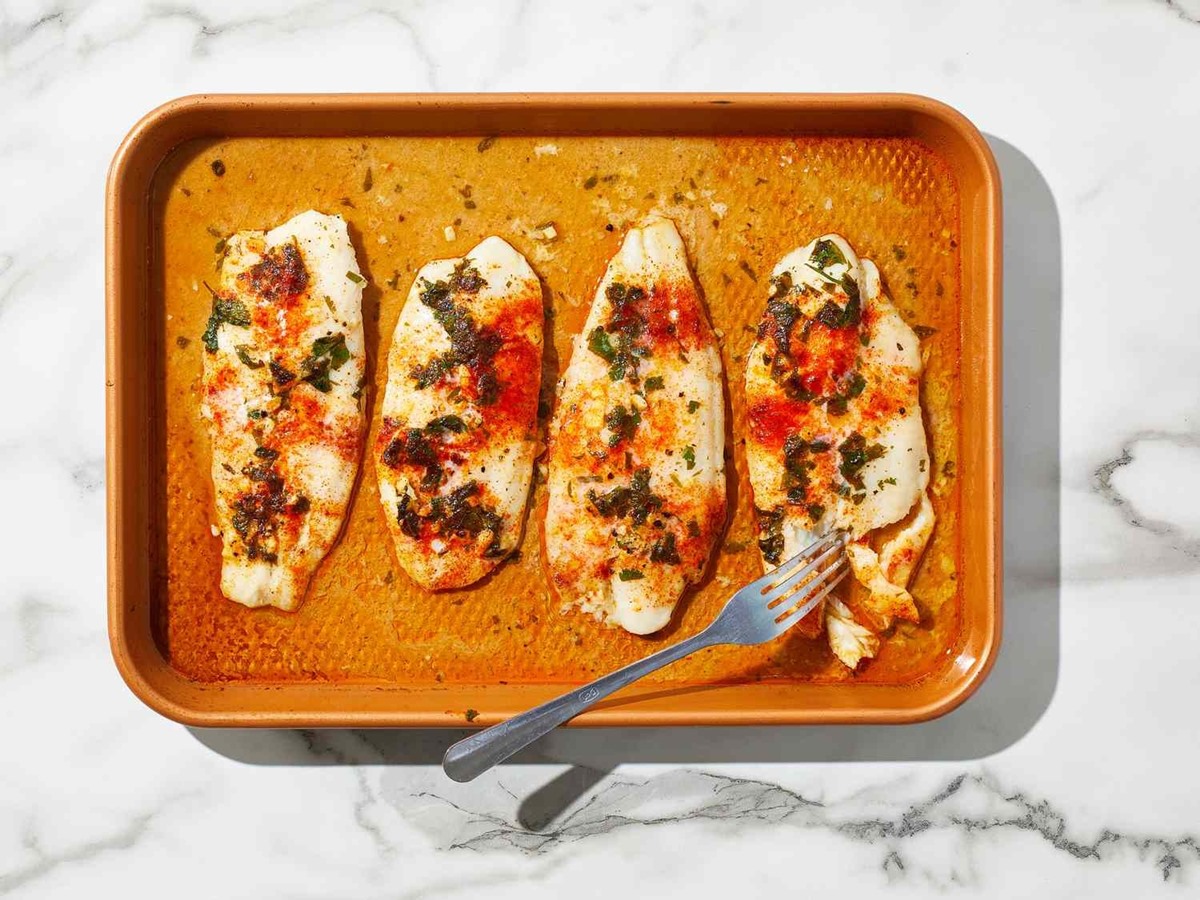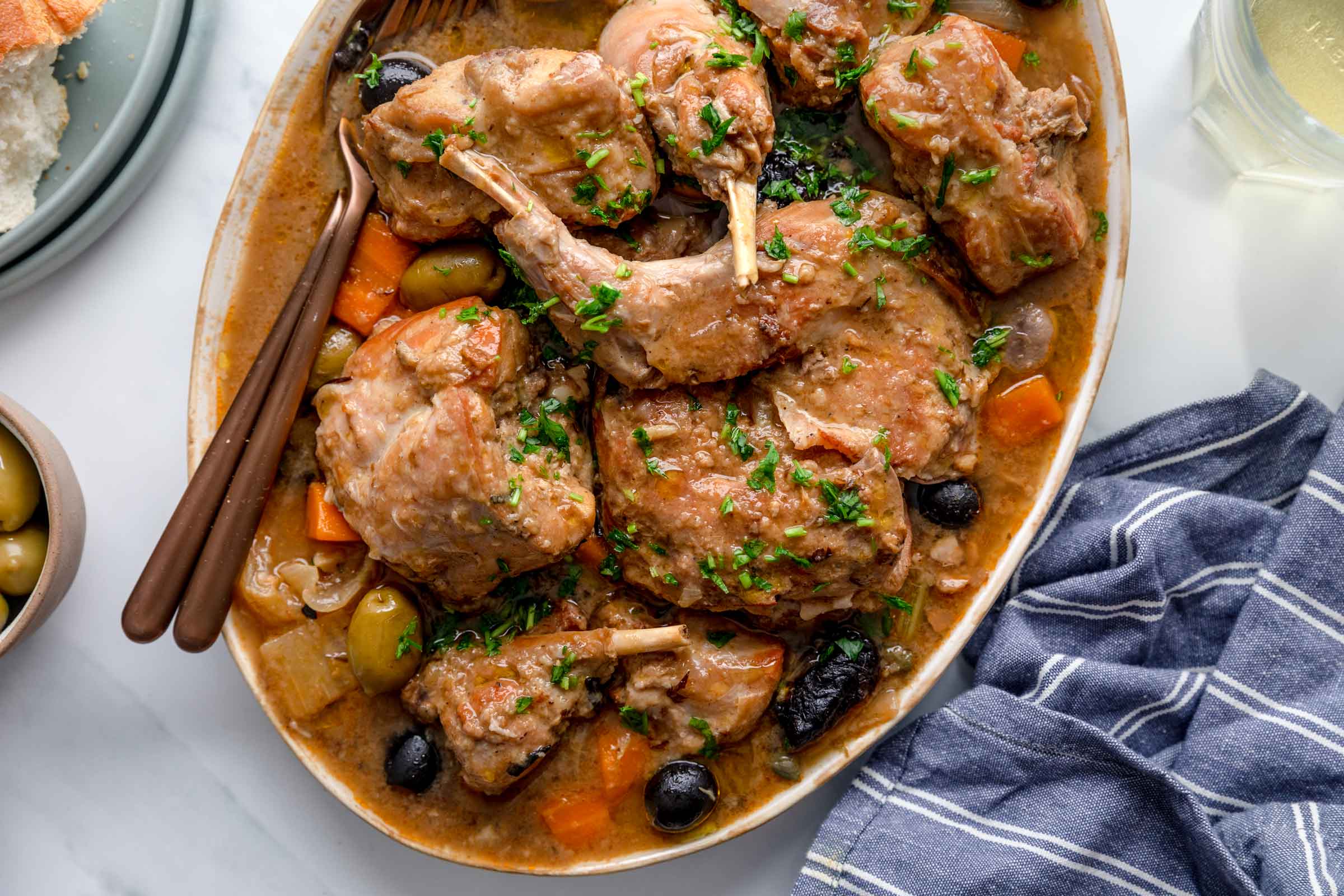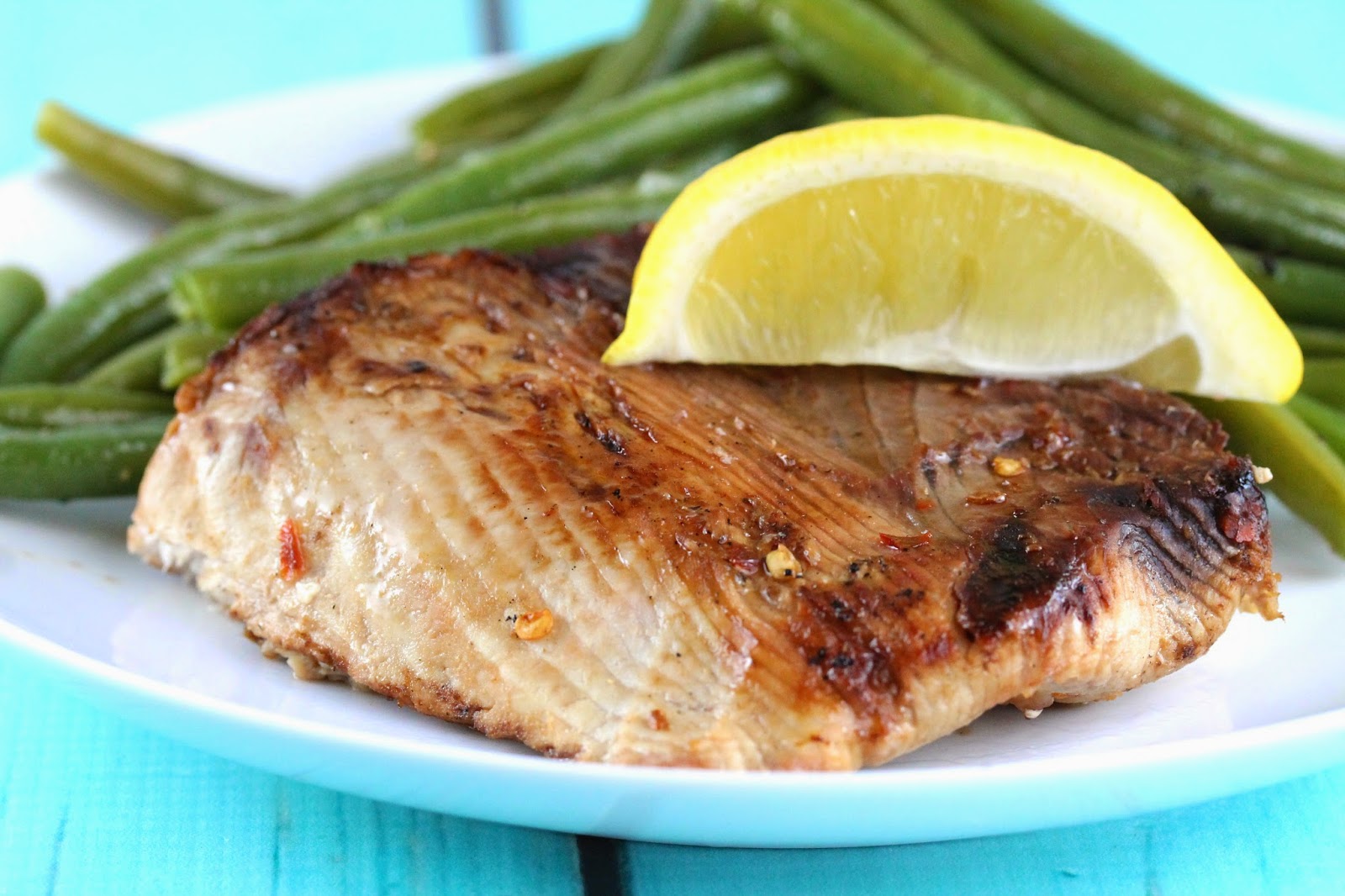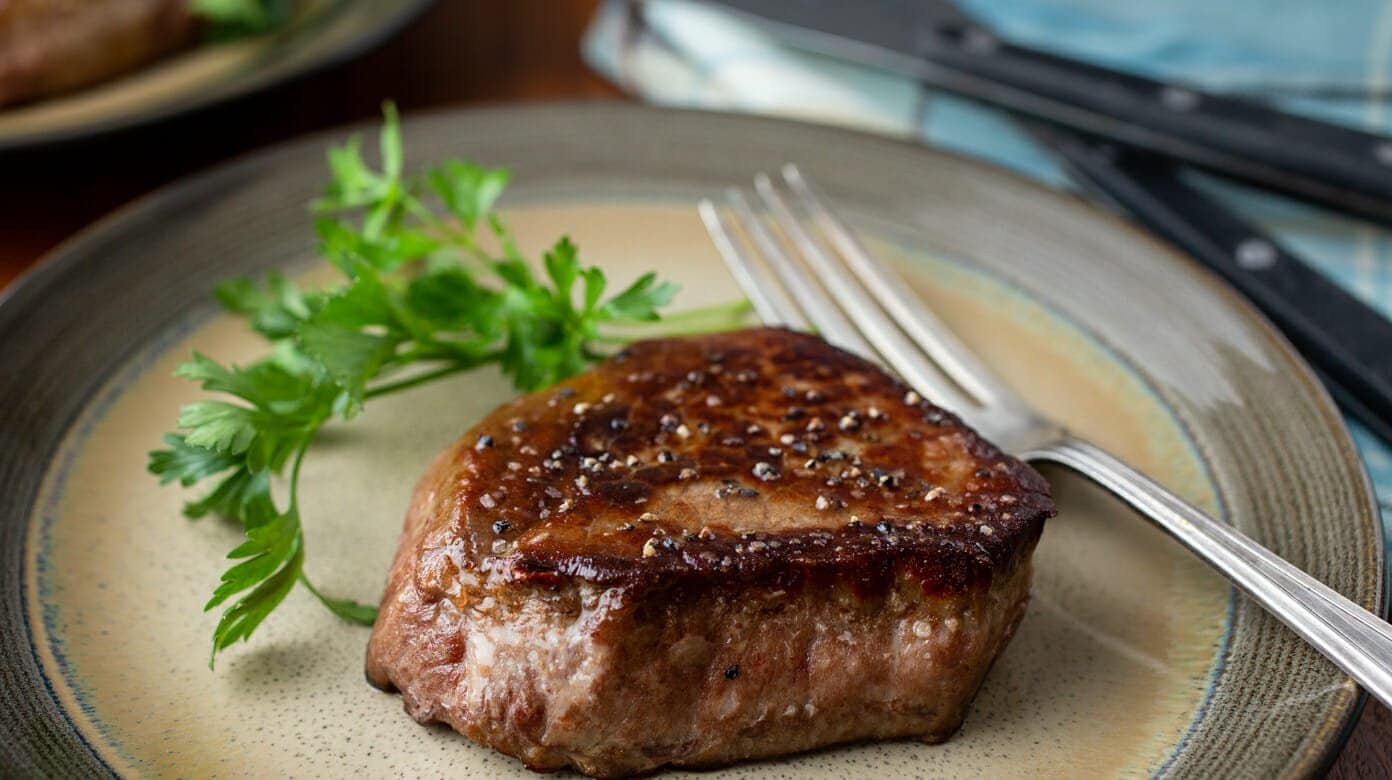Discover the Art of Cooking a Delicious Bone-In Pork Sirloin Roast
Are you ready to take your culinary skills to the next level and impress your friends and family with a mouthwatering bone-in pork sirloin roast? Look no further! In this guide, we will uncover the secrets behind cooking this delectable dish to perfection. Just follow these simple steps, and you’ll be well on your way to preparing a succulent pork roast that will have everyone asking for seconds.
Step 1: Choosing the Perfect Cut
The first step in creating an unforgettable bone-in pork sirloin roast is selecting the right cut of meat. Look for a roast with a good amount of marbling, as this will ensure a juicy and flavorful end result. Aim for a roast that weighs around 3-4 pounds, which will allow for even cooking.
Step 2: Seasoning is Key
Now that you have your pork roast, it’s time to season it to perfection. Start by creating a dry rub using a combination of your favorite herbs and spices. Popular choices include garlic powder, paprika, rosemary, thyme, and salt. Liberally coat the entire roast with the dry rub, ensuring that every inch of the meat is seasoned.
Pro tip: Letting the seasoned roast sit in the refrigerator for an hour or two will allow the flavors to penetrate the meat, resulting in a more flavorful end product.
Step 3: Preparing for Roasting
Preheat your oven to 350°F (175°C). While the oven is warming up, take a large oven-safe skillet and heat it over medium-high heat. Once heated, add a drizzle of olive oil to the skillet. Carefully sear the pork roast on all sides until golden brown. This step will help seal in the flavors and create a beautiful crust.
Pro tip: For an extra burst of flavor, add sliced onions, garlic cloves, or fresh herbs to the skillet while searing the roast.
Step 4: Time to Roast
Transfer the seared pork roast to a roasting pan or a baking dish that has been lightly greased. Place the roast in the preheated oven and cook for approximately 20 minutes per pound, or until the internal temperature reaches 145°F (63°C). Remember, a meat thermometer is your best friend here, as it ensures you cook the roast to perfection without overcooking it.
Step 5: Rest and Carve
Once your bone-in pork sirloin roast has reached the desired internal temperature, remove it from the oven and allow it to rest for at least 10-15 minutes. This resting period allows the juices to redistribute throughout the meat, resulting in a tender and juicy roast. Then, it’s time to carve! Use a sharp knife to slice the roast against the grain into uniform slices.
Incorporate Your Personal Touch
While these steps provide a solid foundation for cooking a fantastic bone-in pork sirloin roast, don’t hesitate to get creative and add your personal touch. Consider experimenting with different seasonings, marinades, or even a glaze during the last few minutes of roasting for a unique twist. The sky’s the limit when it comes to culinary creativity!
Enjoy the Perfect Bone-In Pork Sirloin Roast
Now that you have mastered the art of cooking a succulent bone-in pork sirloin roast, it’s time to savor the delicious results. Serve it alongside roasted potatoes, creamy mashed cauliflower, or a medley of roasted vegetables for a complete and satisfying meal that will delight your taste buds.
Remember, practice makes perfect, so don’t be discouraged if your first attempt isn’t flawless. With each roast, you’ll gain more experience and fine-tune your cooking skills. So, gather your ingredients, roll up your sleeves, and get ready to indulge in the incredible flavors of a homemade bone-in pork sirloin roast!
More Delicious Pork Sirloin Roast Recipes to Try
After mastering the basics of cooking a bone-in pork sirloin roast, it's time to enhance your skills with a variety of flavorful recipes. Delight your taste buds with the Herb-Crusted Pork Delight for a traditional touch, or experiment with the aromatic Garlic Rosemary Pork Feast. For those who enjoy a sweet and savory combination, the Sweet Honey Glazed Pork is highly recommended. Each recipe offers a unique twist on the classic roast, allowing you to impress at any dining occasion. Dive into these recipes to fully utilize your newfound cooking techniques.
